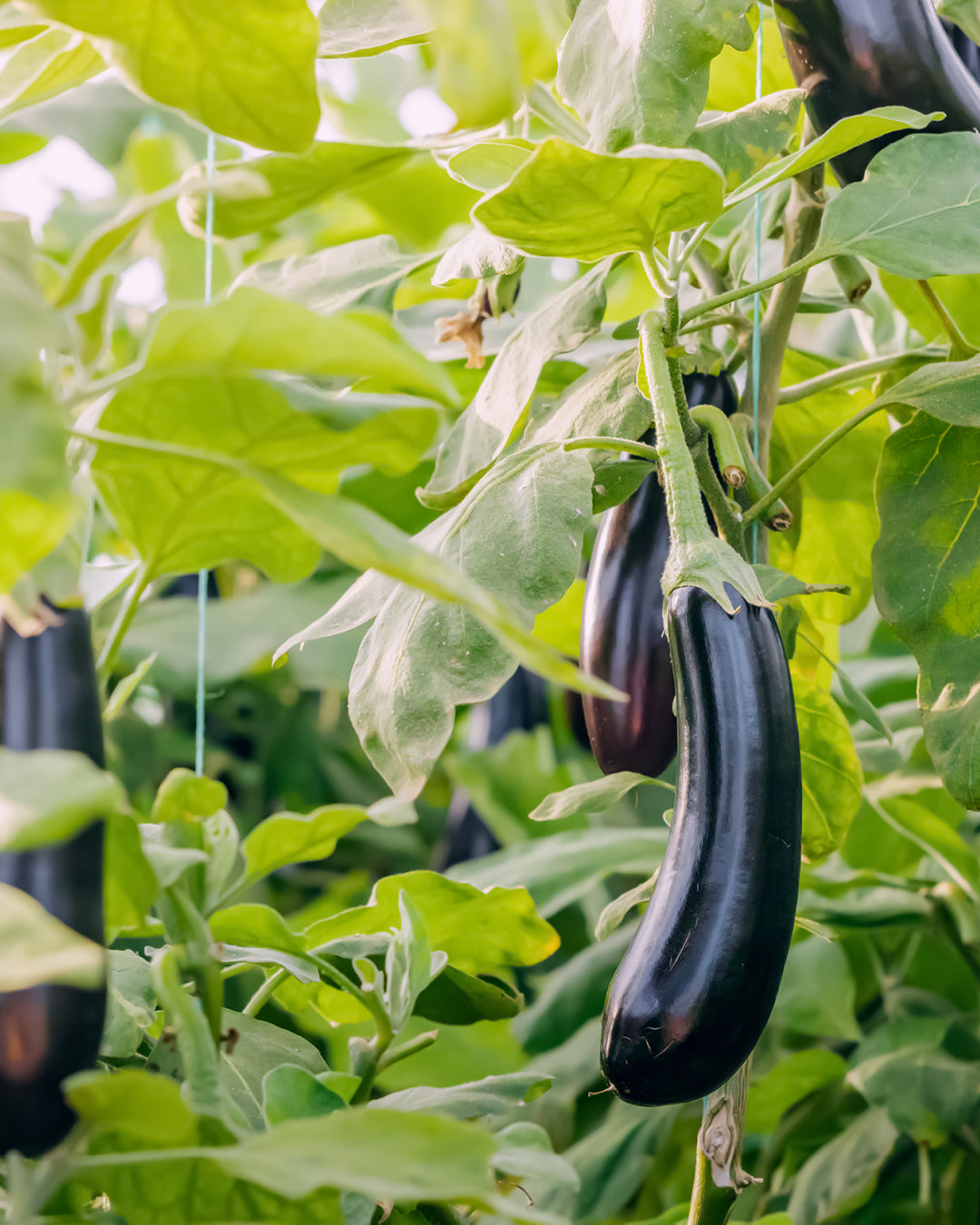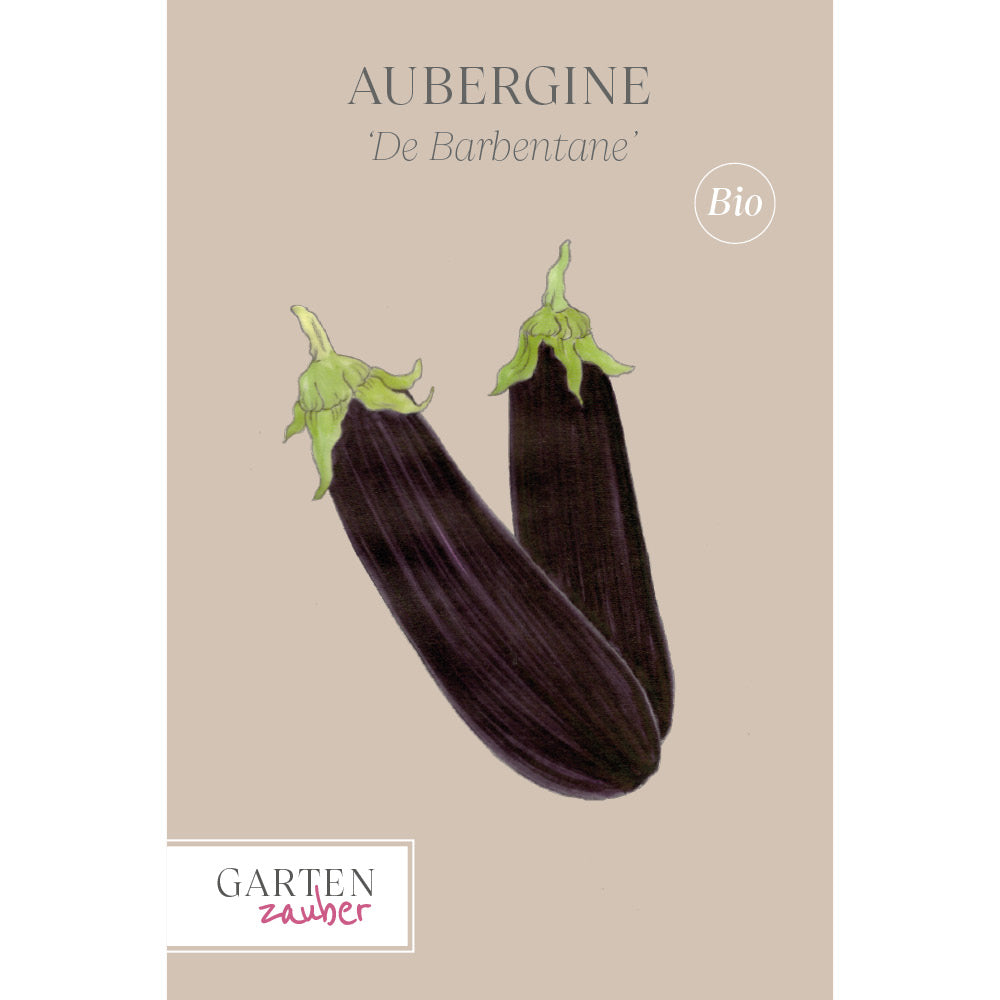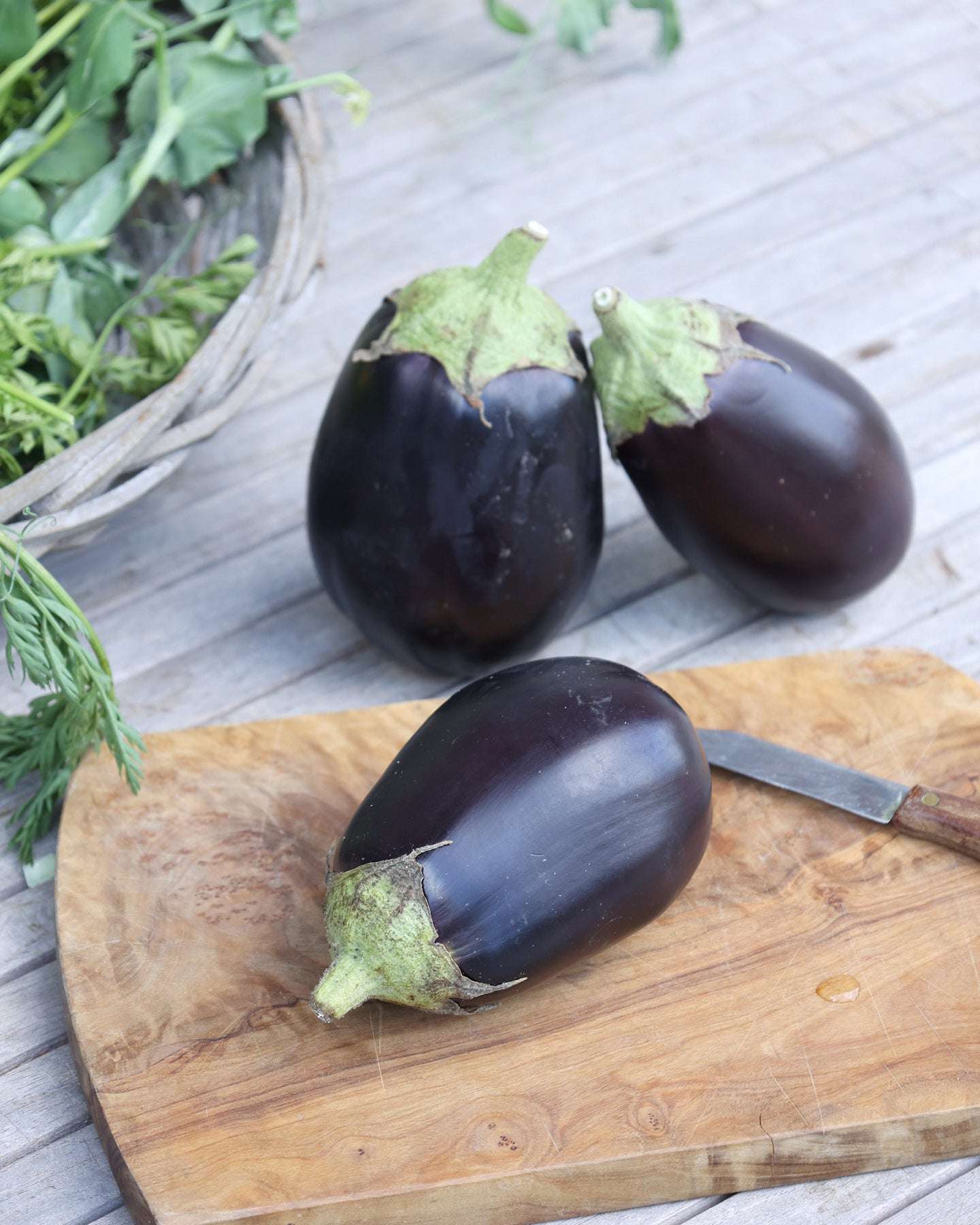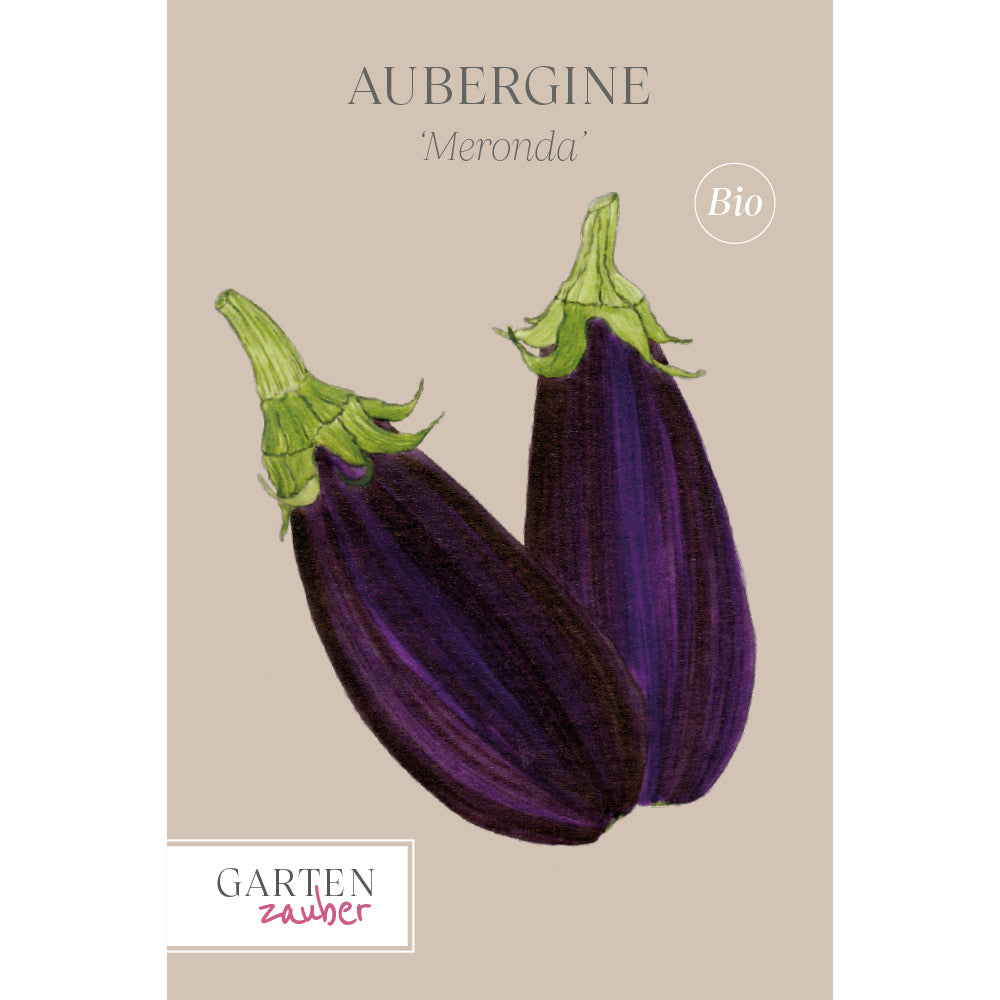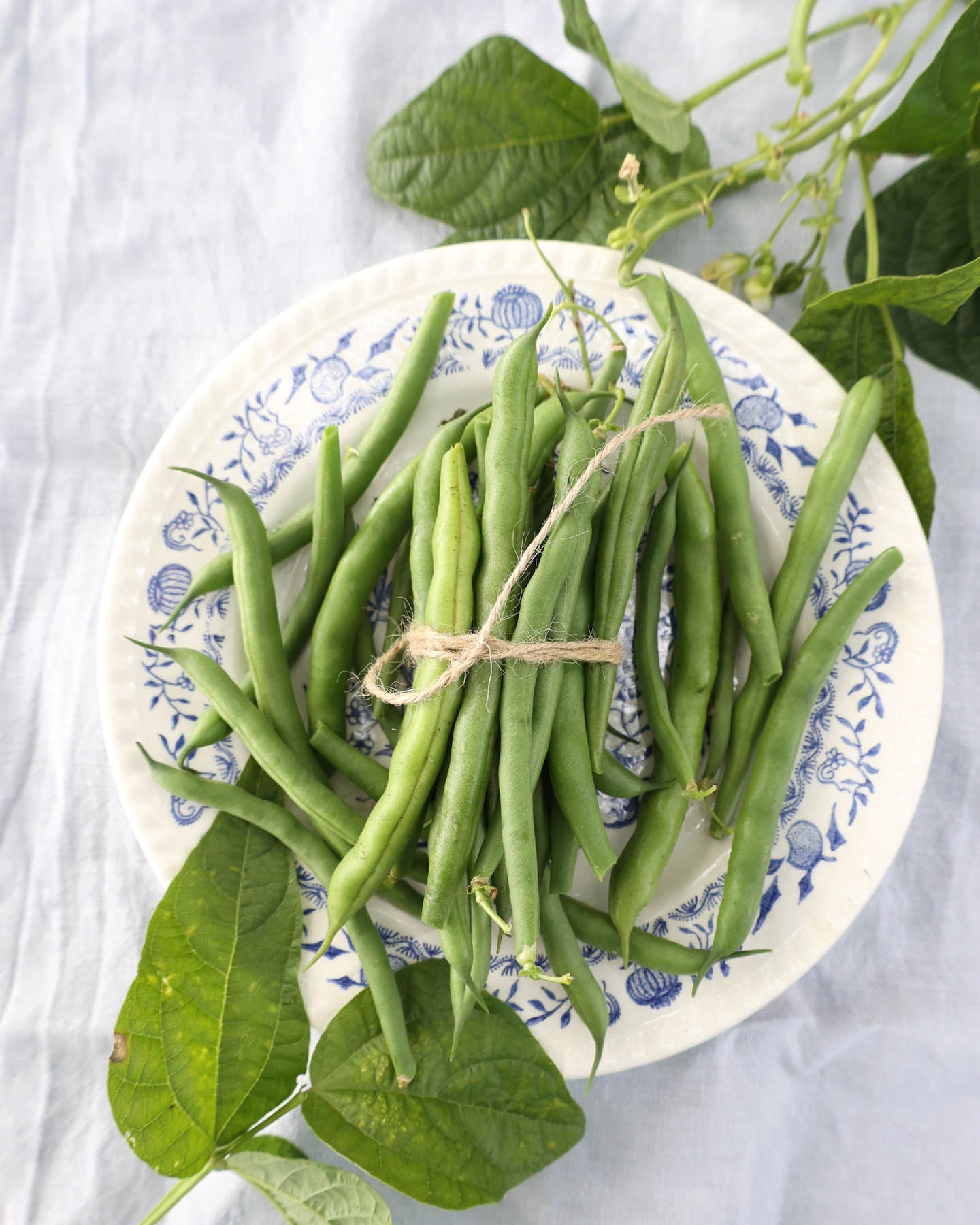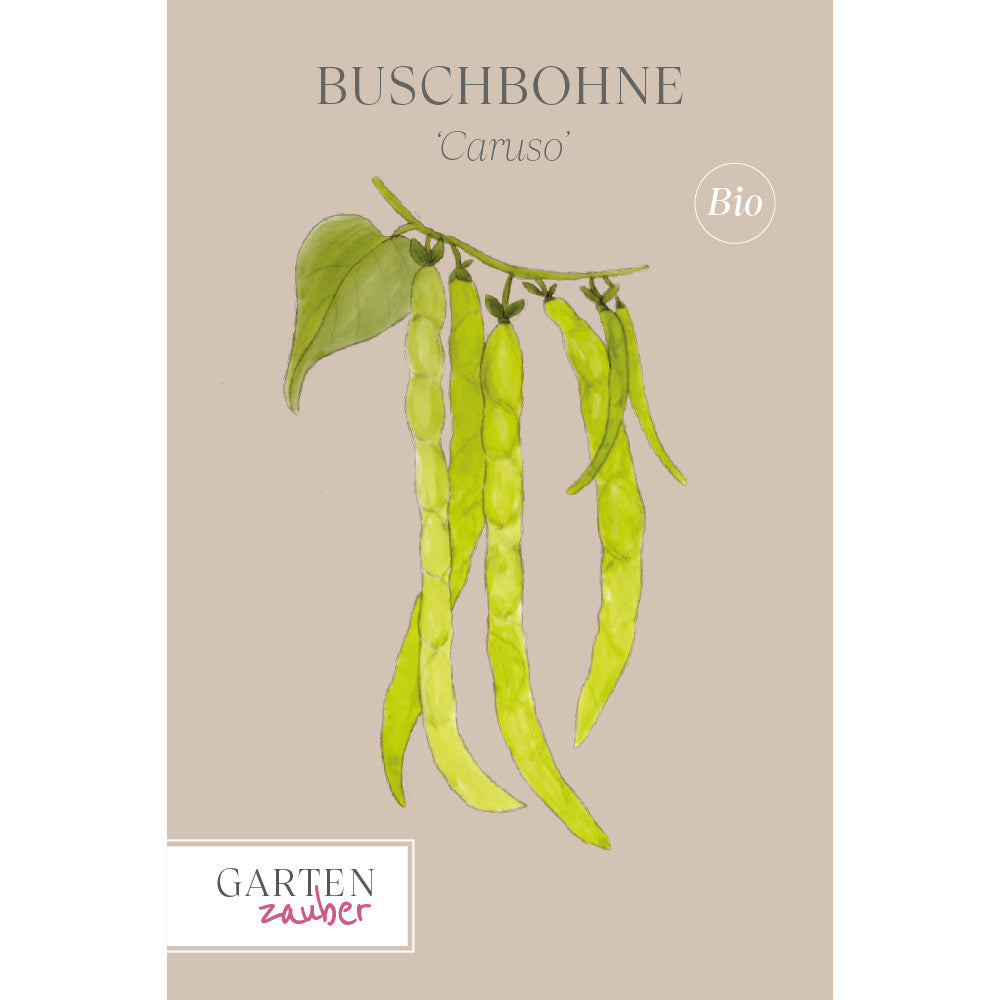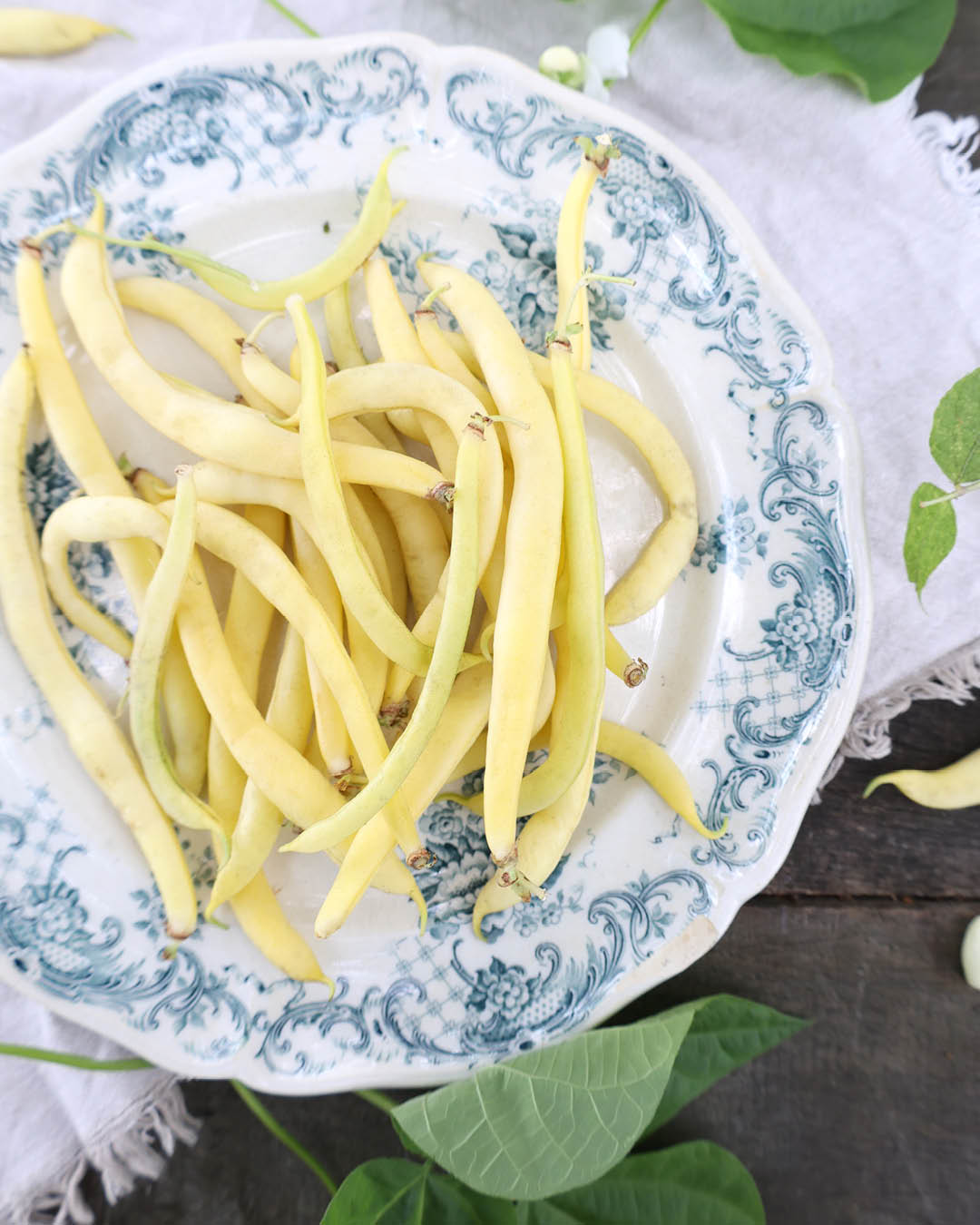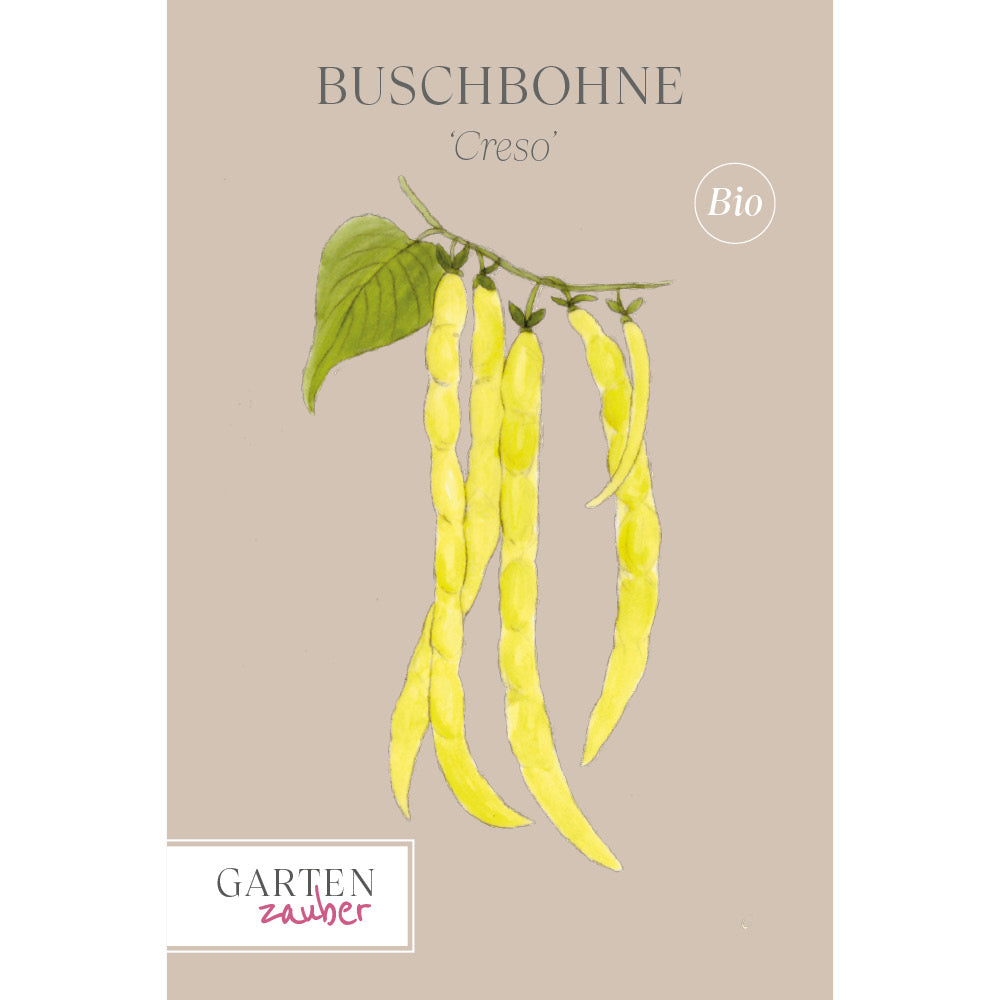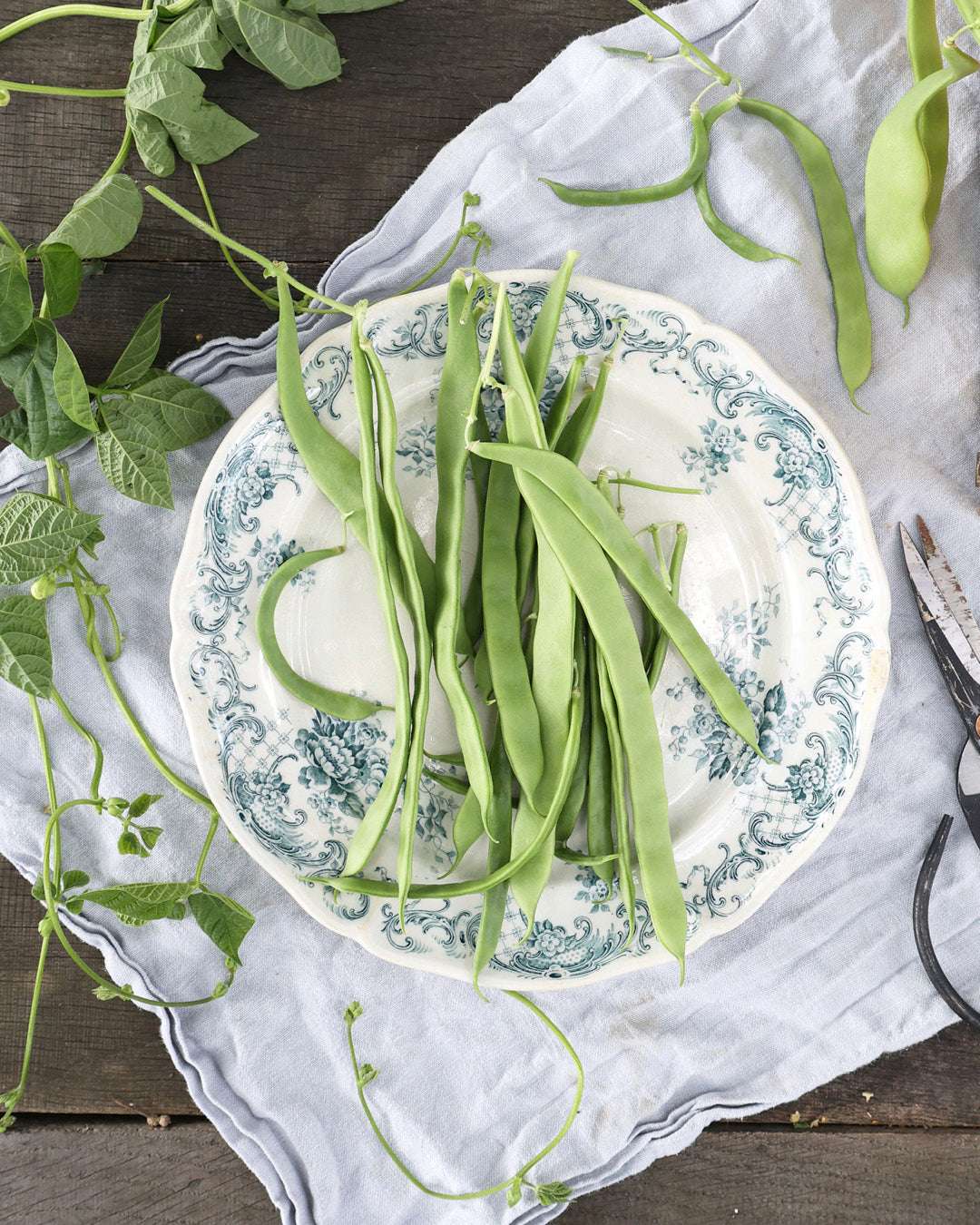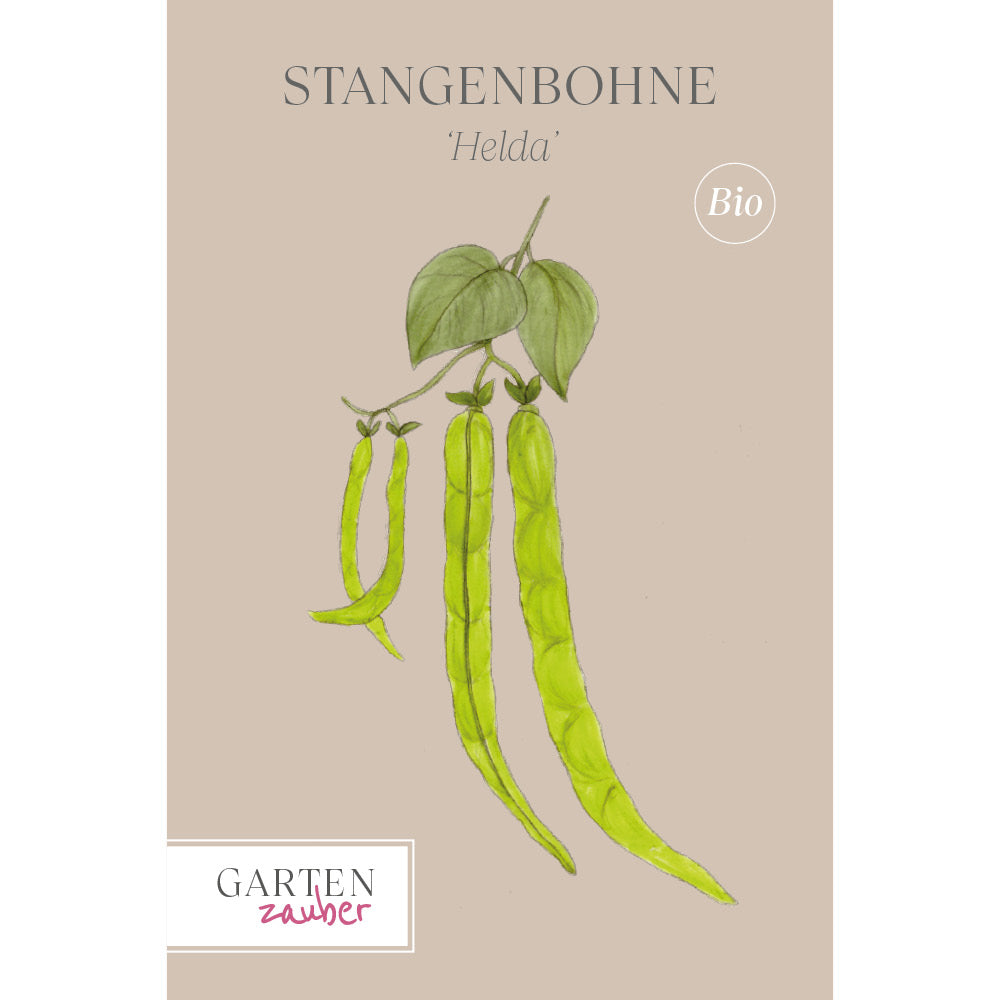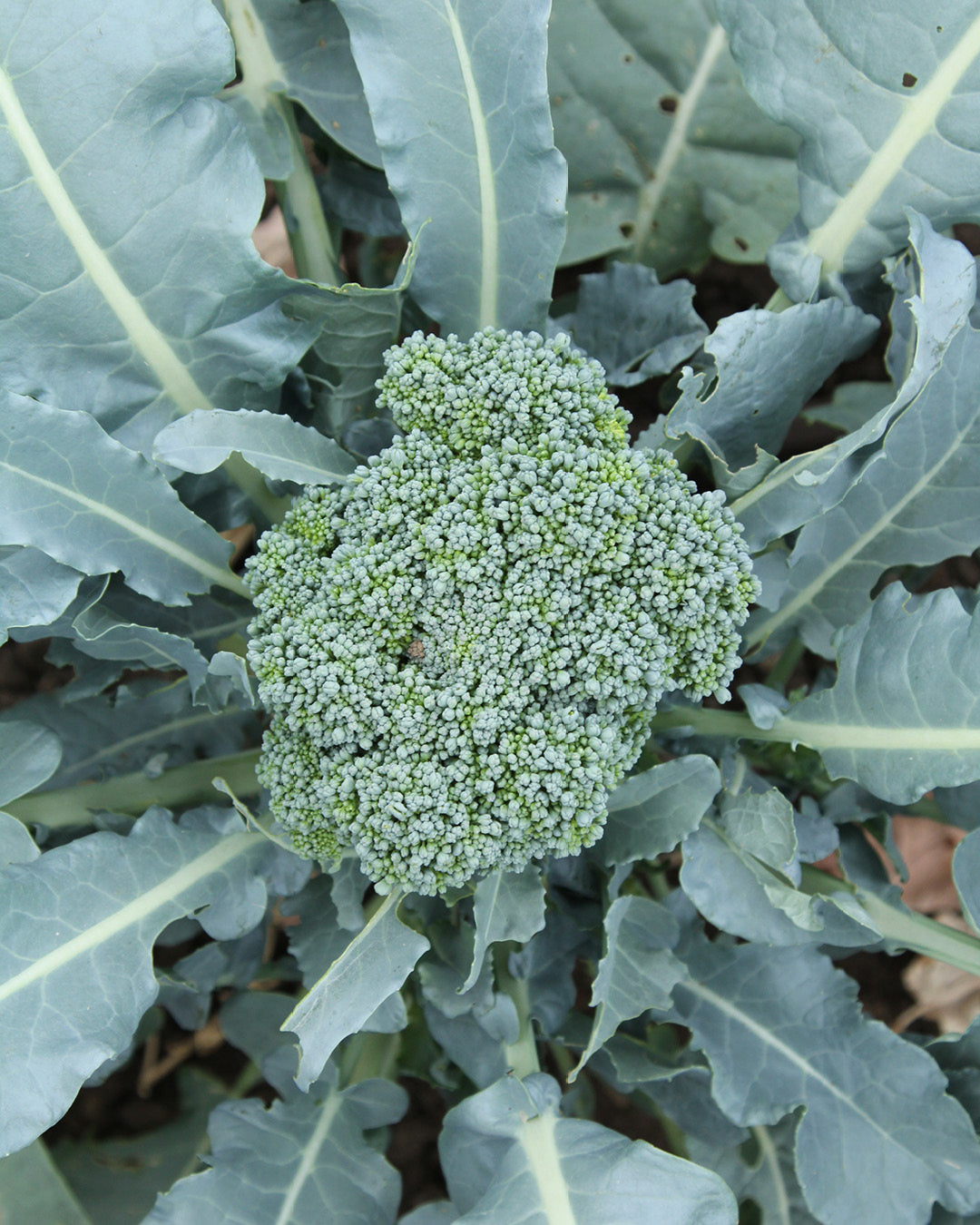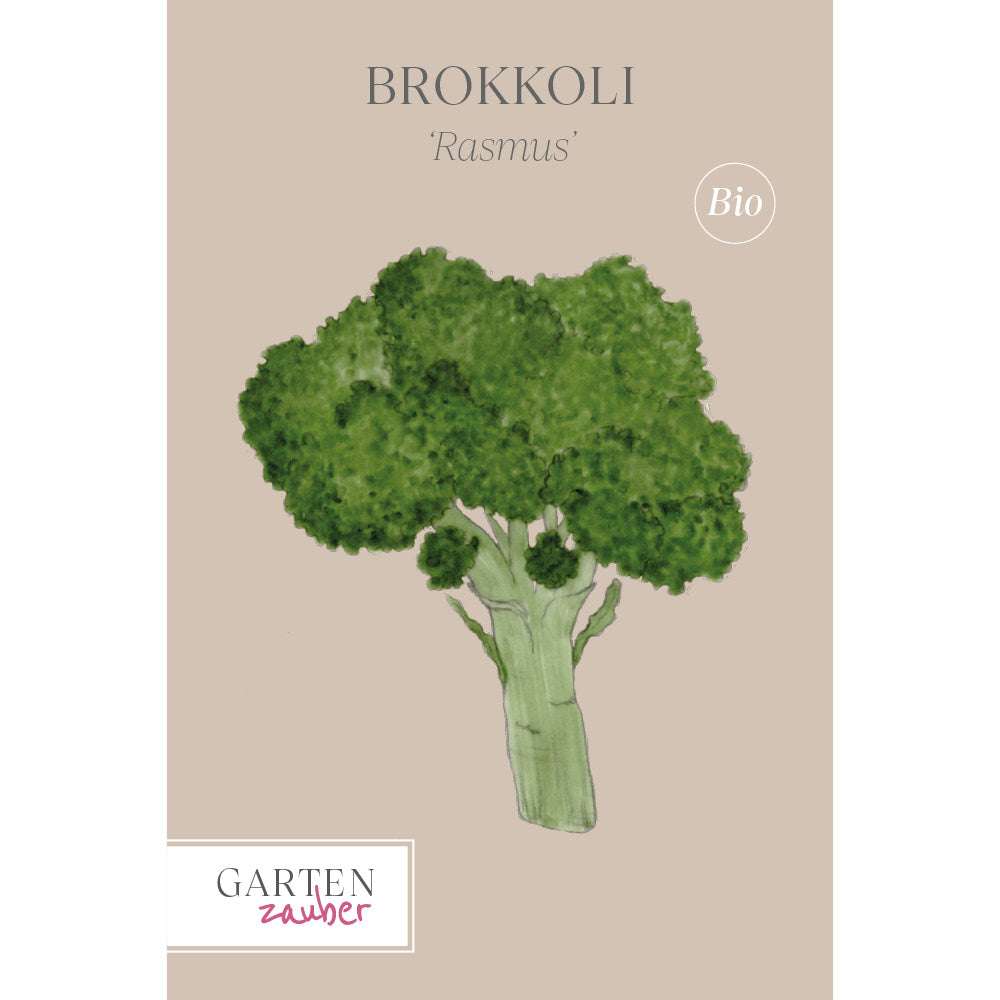Barbara Day
Flowering branches at Christmas not only promise good luck in the new year, but also bring a touch of spring into the winter season. A beautiful tradition bestowed upon us by Saint Barbara during Advent.
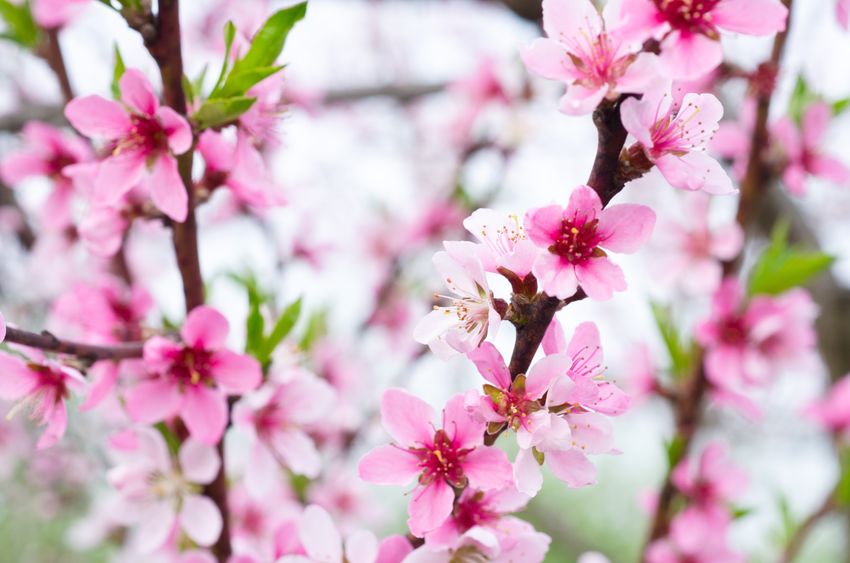
Barbara branch
One of the most beautiful customs associated with saints is the cutting of fruit tree branches on December 4th. It is the name day of Saint Barbara, who professed to be a Christian and was executed by her father for this reason. Or so the legend goes. On her way to prison, her dress is said to have become caught in a cherry branch, which she picked and took with her. Barbara was sentenced to death, and on the same day the branch blossomed. Spring-like fruit tree blossoms in winter – that is something very special. That is precisely why we are so happy to be able to get a glimpse of the awakening life of the new year with delicate colors in the dark time before Christmas. And that is probably the meaning of this custom, which is known throughout Germany, but also in Austria and Switzerland. The branches promise joy in life and hope.
Blooming Oracle
Which branches are used varies regionally, but it really makes no difference whether the branches are cherry, apple, birch, hazel, chestnut, plum, or forsythia. The symbolism is paramount, and according to old folk belief, the blossoms promise good luck and blessings for the new year. The branches were also meant to represent a kind of oracle, because farmers used to believe that the number of blossoms that developed would determine the number of offspring the animals on the farm would have. In some regions, however, other beautiful customs were also associated with the St. Barbara branches. Young girls gave each branch the name of a suitor. The young man whose branch bloomed first would become the future groom. And in Lower Austria, name tags are still hung on cherry branches today. The one whose branch blossoms first will have especially good luck in the coming year.
So that it blooms at Christmas
St. Barbara's branches are cut on December 4th. It's naturally lovely to put together a bouquet from your own garden, but many nurseries and florists also have a variety of branches on hand for this day. Whether they bloom on Christmas Day doesn't have to be left to luck or fate. The best way to do this is to soak the freshly cut branches in lukewarm water overnight and place them in a vase the next day. A bright spot that is neither too cold nor too warm is ideal. It's best to change the water every two to three days. Just like with all bouquets, there shouldn't be too much water in the vase, otherwise the stems will rot.
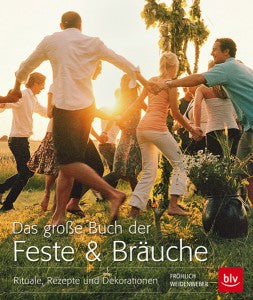
The content of this article is from the book:
Anneke Fröhlich, Christine Weidenweber
The Big Book of Festivals & Customs
Rituals, recipes and decorations192 pages, 155 color photos, 4 drawings,
22.6 x 26.9 cm, lam. Cardboard tape with 1 mm cardboard
29.99 €
ISBN 978-3-8354-1174-6
From St. Martin's Goose to Witches' Leap: Traditions all year round · Rediscover festivals and customs in Germany, Austria and Switzerland · From Midsummer and Walpurgis Night to St. John's and St. Andrew's Day to St. Lucia Festival, Rauhnächte and Candlemas · Rituals, their history and meaning · Traditional recipes and decorations to make yourself.

